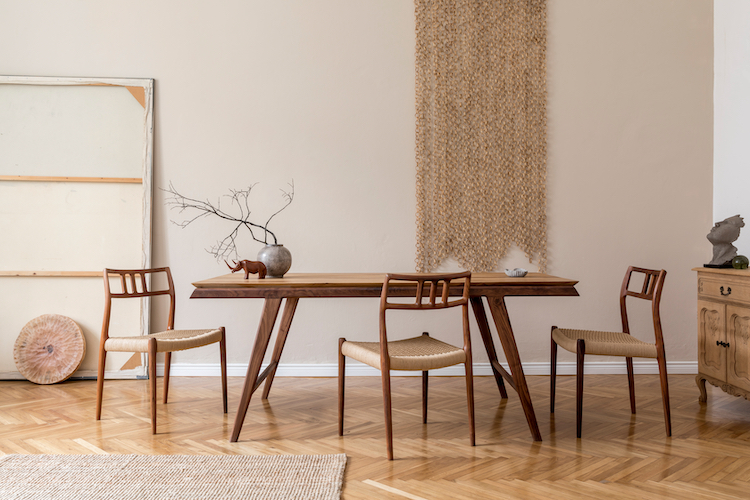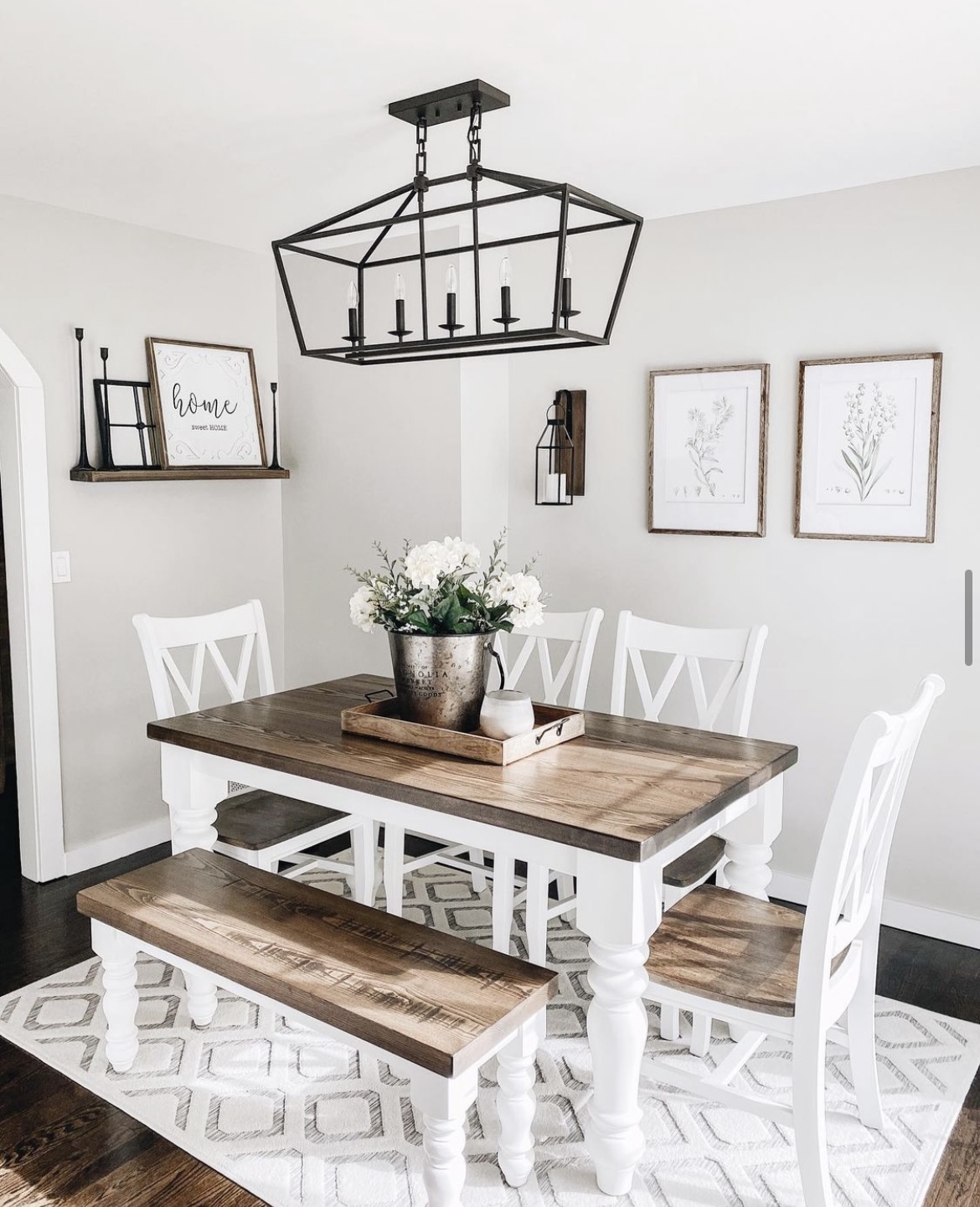The Top Trends in Dining Room Table Legs You Need to Know
The Top Trends in Dining Room Table Legs You Need to Know
Blog Article
Just How to Select the Perfect Dining Room Table Legs for Your Home Decor
Choosing the excellent dining room table legs is a nuanced procedure that needs mindful consideration of numerous aspects, including your room restrictions, visual choices, and sensible needs. The interaction in between materials, measurements, and styles can significantly influence the ambiance of your dining area, making it necessary to approach this choice systematically.
Assess Your Dining Space
Evaluating your eating room is vital for selecting the right table legs that complement both visual appeals and performance. Begin by determining the measurements of your dining area, consisting of ceiling height, floor area, and proximity to other furnishings. This info will help establish the appropriate size and height of your eating table, which straight affects the option of table legs.
Next, take into consideration the design and design of your eating area. For instance, an open-concept design may profit from table legs that provide visual lightness, such as slim metal or acrylic options. Alternatively, a much more conventional setting may ask for strong wood legs that provide a feeling of durability.
Review the existing color palette and products in your eating area. Harmonizing the table legs with these aspects develops a cohesive appearance that enhances the overall decor.
Eventually, a comprehensive assessment of your dining space will assist you in making an informed decision, making certain that your table legs not just enhance the visual allure yet likewise serve practical functions.
Consider Your Design Preferences
When choosing dining space table legs, it is necessary to assess your individual style choices, as they considerably influence the total aesthetic of your dining space. Your option of table legs can either complement or contrast with existing design, making it vital to align them with your favored indoor style theme.
If your home leans towards a modern aesthetic, consider streamlined steel or minimal wood legs that supply a clean, minimalist look. For a more typical technique, luxuriant wood legs with elaborate makings can include a touch of elegance and sophistication. Industrial designs gain from robust, resources such as reclaimed timber and metal combinations, mirroring a sturdy beauty.
Additionally, farmhouse and rustic designs typically prefer sturdy, chunky legs that stimulate a feeling of warmth and convenience. On the other hand, if your design is eclectic, you may choose unconventional shapes or a mix of products to create visual passion.

Evaluate Product Options
The option of product for eating space table legs plays a pivotal role in both longevity and visual allure. Typical products consist of timber, steel, and composite alternatives, each offering distinct features that can affect the total look and long life of your table.
Timber is a classic choice, recognized for its heat and flexibility. Woods like oak and walnut provide extraordinary strength and can be finished in numerous spots to match any kind of decoration. Softwoods like yearn are more susceptible to damages and scratches, making them much less ideal for high-traffic locations.
Metal legs, typically crafted from steel or aluminum, radiate modernity and industrial beauty. They are immune and highly sturdy to wear, making them ideal for households with youngsters or regular events (dining room table legs). Additionally, steel can be ended up in numerous shades, improving the customization possibilities
Composite products, such as MDF or laminate, deal affordability and varied layouts. While generally less long lasting than strong timber or metal, they can still provide a trendy look and are commonly simple to keep.
Inevitably, the product you select need to line up with your way of living, aesthetic preferences, and the level of use your eating table will certainly experience.
Determine Elevation and Dimension
Picking the ideal height and dimension for your dining-room table is necessary for both performance and convenience. The standard height for eating tables normally ranges from 28 to 30 inches, permitting ample legroom for the majority of individuals when seated. It is important to consider the dimensions of your eating room and the types of chairs you prepare to utilize.

Additionally, take into consideration the websites percentages of your dining space. A bigger table in a spacious area can create a grand ambiance, while a smaller sized table functions well in even more intimate setups. Inevitably, the best height and size will certainly balance with your general decor and enhance the dining experience for you and your visitors.
Explore Customization Opportunities

Furthermore, the layout of the legs can be customized to fit numerous styles, such as rustic, contemporary, or industrial. Tapered legs can evoke a mid-century contemporary feel, while beefy, block-style legs might reverberate with traditional or farmhouse decoration.
Homeowners can additionally explore color coatings, from all-natural wood stains to repaint, allowing them to match or contrast with the tabletop and surrounding style.
Additionally, leg height can be gotten used to accommodate specific seating plans or individual choices, improving both convenience and functionality.
Last but not least, distinct embellishments, such useful reference as carvings or attractive brackets, can additionally individualize the table legs, making the dining experience not simply a statement however a meal piece in the home. By taking into consideration these modification options, homeowners can develop a dining-room table that genuinely mirrors their uniqueness.
Verdict
Choosing the perfect dining-room table legs needs mindful factor to consider of numerous elements, including the measurements of the eating area, design preferences, product toughness, and preferred height. Personalization choices further boost the capability to accomplish a cohesive visual that enhances the overall style. By systematically evaluating these elements, home owners can make sure that the chosen table legs not just accomplish useful needs but additionally contribute favorably to the dining experience and setting of the home.
Choosing the ideal eating room table legs is a nuanced process that needs cautious consideration of various elements, including your space restraints, aesthetic preferences, and useful needs.Assessing your dining area is essential for selecting the right table legs that match both aesthetic appeals and functionality.When identifying size, determine the location where the table will certainly be put to guarantee it fits comfortably, allowing for at least 36 inches of clearance around the table for very easy motion. A bigger table in a large location can produce a grand setting, while a smaller table works well in even more intimate setups.Picking the suitable eating space table legs needs mindful consideration of numerous factors, consisting of the dimensions of the right here eating area, style preferences, material sturdiness, and desired elevation.
Report this page